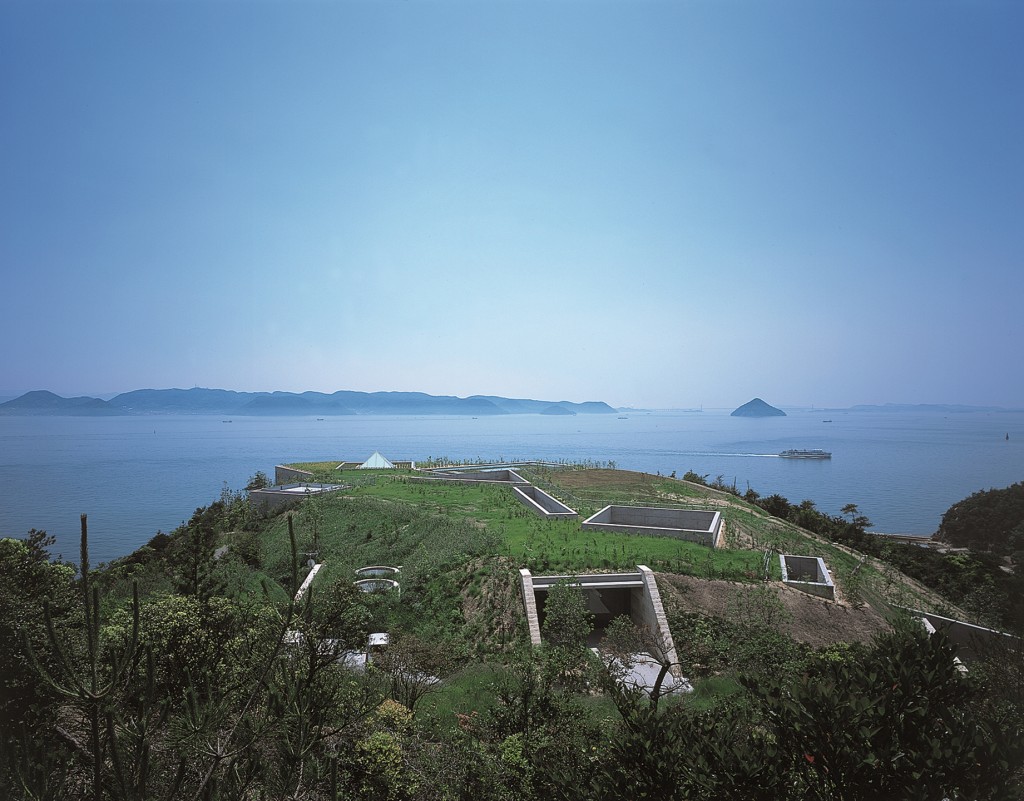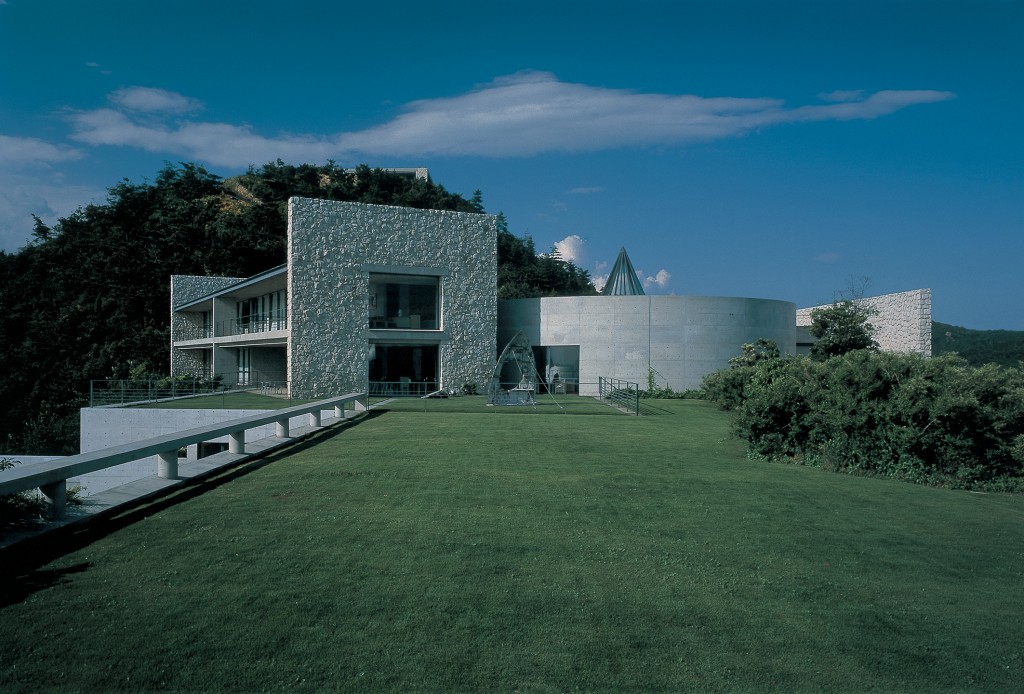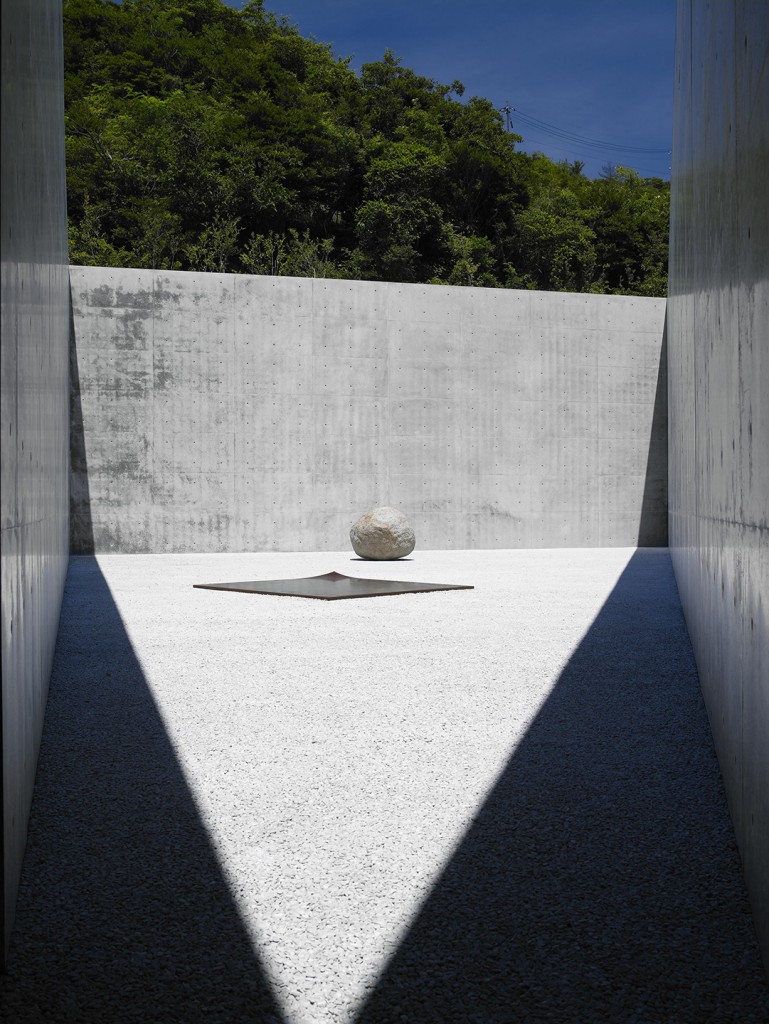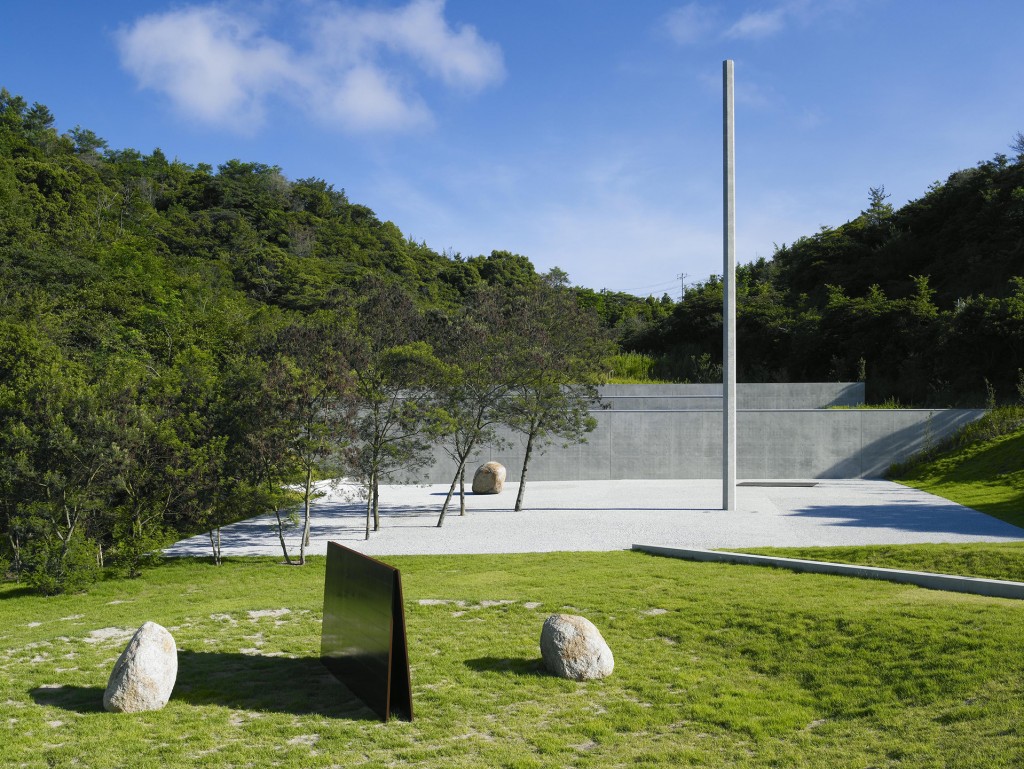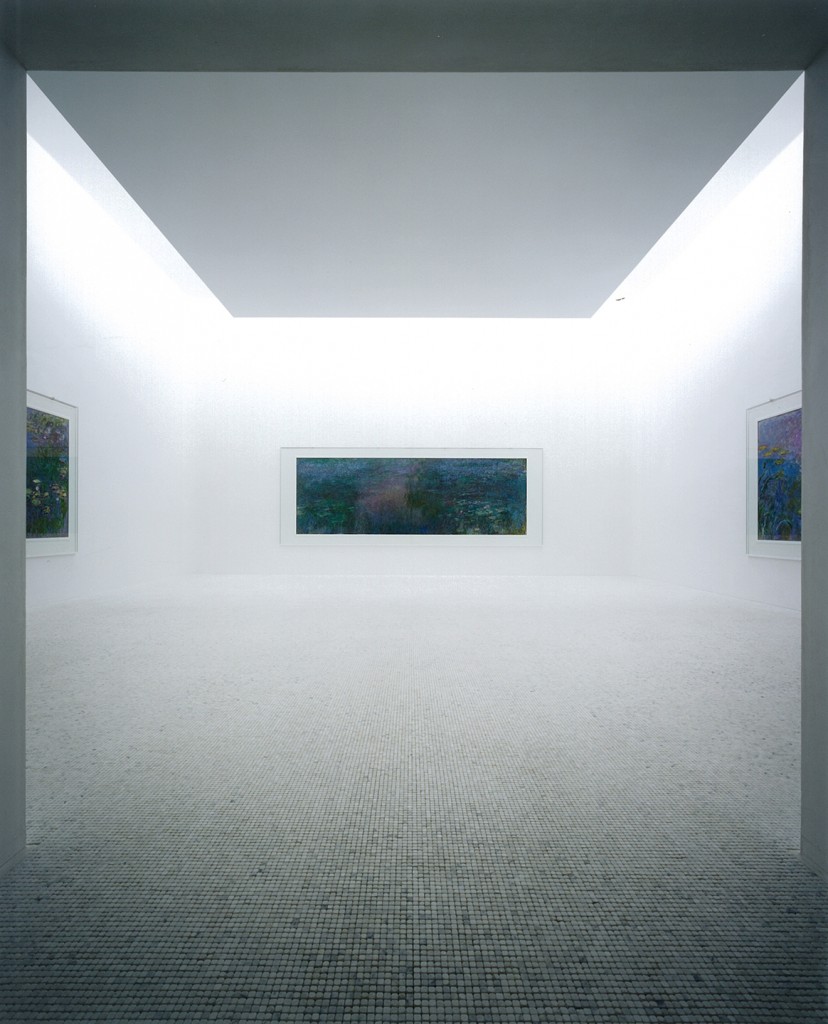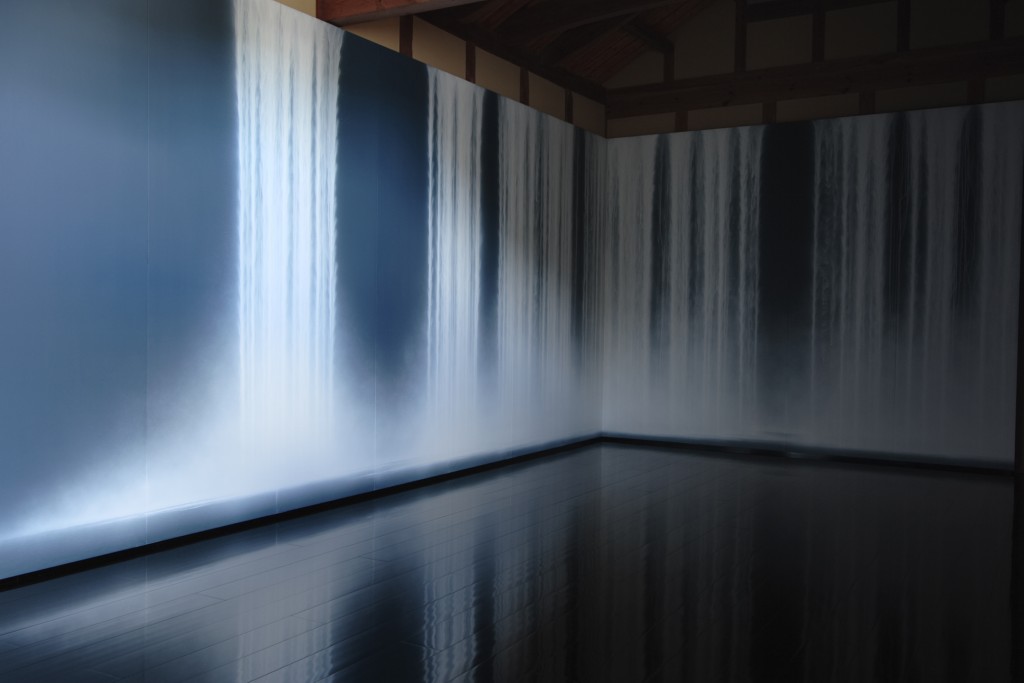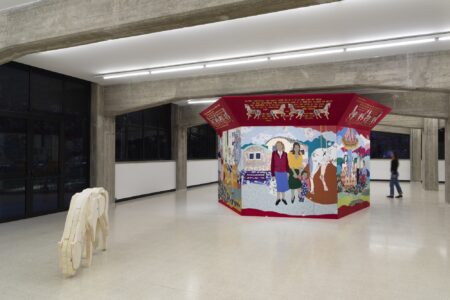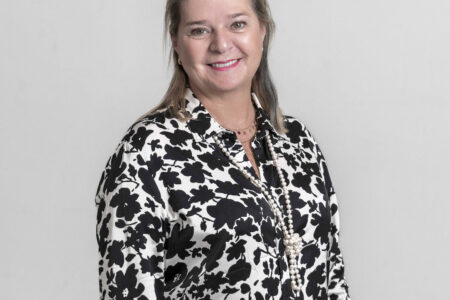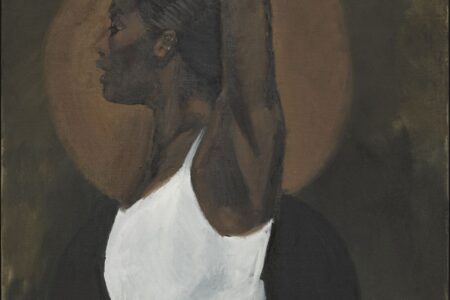Naoshima: The Island of Beauty
Naoshima island in Japan hosts natural beauty, art museums and contemporary architecture. In 2016, Benesse Art Museum reflects on the theme of Social Commentary.
The island of Naoshima brings together all attributes of a mythical place: remoteness, otherness and a dream-like quality. Lost in the Seto Inland Sea, this small Japanese island is reachable from Tokyo by domestic flight or a long drive, several train changes and then an hour long ferry ride. On arrival, you find total contrast with bleak and industrious shore towns. The site is a true landmark of architecture and contemporary art, visited by connoisseurs from around the globe. It took 20 years for businessman Soichiro Fututake, head of a successful company specialised in education, to transform this quiet fishermen’s island into an extraordinary cultural landscape. The name of his company, Benesse wellbeing, sums up the locale’s spirit – lush yet controlled nature, calmness, sobriety and isolation offering an aesthetic experience.
The island’s main buildings were designed by Japanese master architect Tadao Ando. The Benesse House Museum, constructed in 1992, houses a museum with a collection that include great names of modern and contemporary art from sculptor Alberto Giacometti to land artist and sculptor Richard Long, in a streamlined architecture that creates selected perspectives of the inland sea and surrounding islands. Only a few fortunate visitors can stay in the hotel next to the museum and enjoy site-specific works during opening hours.
From Benesse House to the Chichu Art and Lee Ufan Museums
A bit further along, Chichu Art Museum’s subterranean spaces welcome visitors in the prayerful atmosphere of a sanctuary, guiding them along bare concrete corridors towards a treasure as precious as it is unexpected: five large canvases from Claude Monet’s Waterlilies series, which appear almost weightless in this room with its floor of small cubes of white marble, bathed in natural light. Works by American artists Walter De Maria and James Turrell complete this almost initiatory journey. You feel the same sense of austere sacredness in the museum dedicated to South Korean artist Lee Ufan, in another building by Ando, which highlights the artist’s paintings and sculptures in a minimalist landscape of sleek concrete.
Art can be found everywhere in Naoshima. As part of the Art House Project, intended to revitalise the social fabric of the island, several traditional village houses host installations by major artists. You can also find outdoor works on the beaches and cliffs. At the end of a pontoon near Benesse House, Yayoi Kusama ‘s famous pumpkin rise as large, sublime and futile symbols of the vanity of existence. •
The article was originally published in TLmag 24, From East Asia to Northern Europe in December 2015.
–
BENESSE HOUSE MUSEUM’S YEAR OF SOCIAL COMMENTARY
In January 2016, Benesse House Museum opened an exhibition Social Commentary – Yasuo Kuniyoshi and Contemporary Art after World War II, which reflects on the museum’s theme for the year 2016: social commentary. The exhibitions under the theme reflect on how people face problems such as urbanization and modernization in our contemporary society.
The first exhibition highlights six pieces by Japanese artist Yasuo Kuniyoshi, who flourished as a painter in the United States. Born 1889, he painted the pieces in the exhibition from the time of World War II through the Post-War era. The pieces grasp the artist’s struggles as an immigrant in the US and his sense of being torn between two warring countries.
Alongside with Kuniyoshi’s work, the museum features contemporary artwork by other artists that blossomed during the Post-War period, such as Jean-Michel Basquiat, Tom Wesselmann, Yukinori Ohtake and Yasumasa Morimura. Each of these artists looked deeply into times and societies in which they were living, and questioned them in their unique ways. –HL
Exhibition Social Commentary – Yasuo Kuniyoshi and Contemporary Art after World War II at Benesse House Museum from 19 January 2016.
Main image
Benesse House. Photo Shigeo Anzai.
